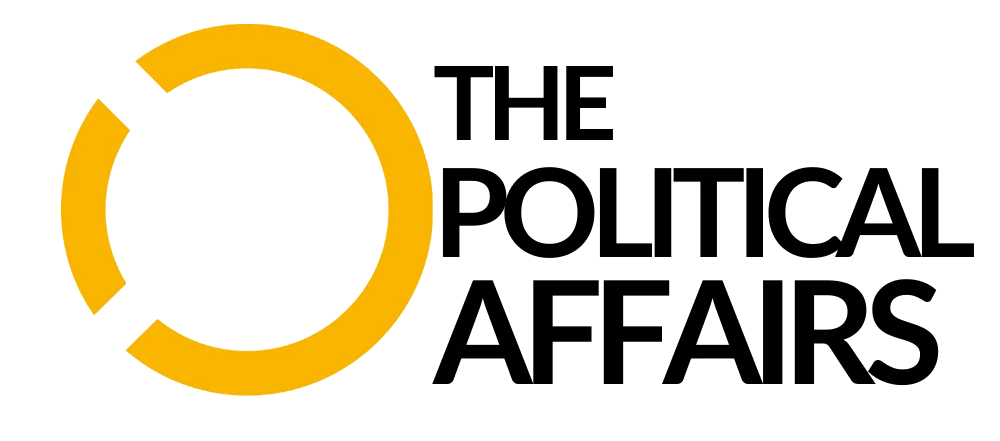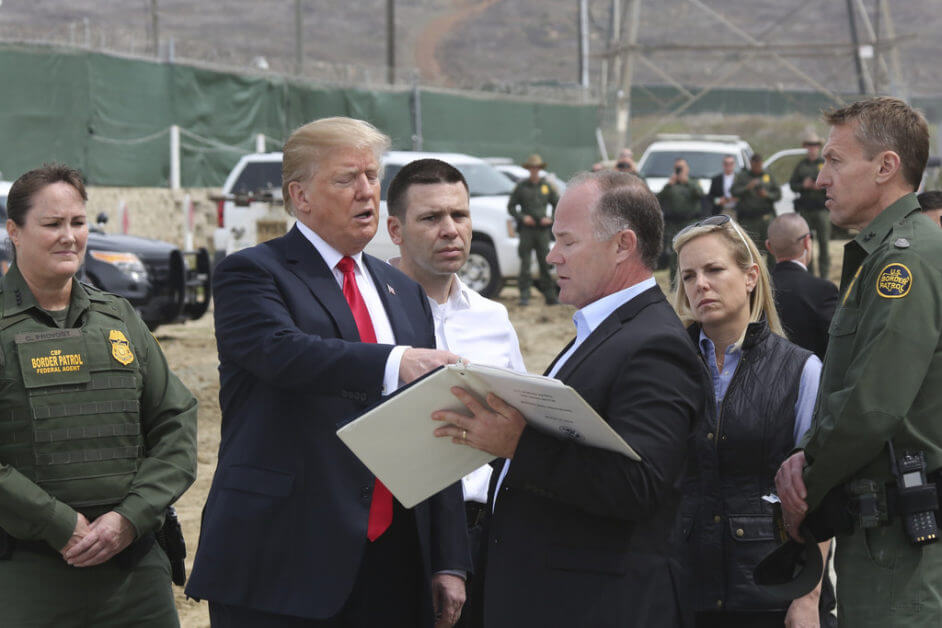Often described as the most controversial part of the 2016 campaign was Trump’s promise to build a wall on the southern border with Mexico. This promise, as the campaign race was evolving, became one of the symbols of what will define today’s America. It was arguably the most commented and popular ‘promise’ in the presidential race and revealed the new political divide.
New alt-right and nationalistic groups saw it as the ultimate victory over the liberal point of view and see it as the symbol of a new country. This concept is not that far away in the mind of President Donald Trump as suggested by the published leaked transcripts from a private phone call between Trump and Mexico’s then-president Enrique Peña Nieto by the Washington Post.
Only a week after stepping into office, Trump allegedly told Peña Nieto that he had to stop rejecting his claim that Mexico would pay for the wall. Trump suggested in the conversation that the wall is more important as a symbol rather than as a project of national security.
Wendy Brown, a political theorist at the University of California at Berkeley, argued that this was an ultranationalist siren song at a time of a crisis. This new movement is a clear sign of a “population in distress “and in this way “walls are desired because they mark something: They establish something of an ‘us’ and a ‘them’ and our capacity to take control of situations” said in an interview with the Nation, a leftist magazine.
How much does it cost to build a border wall with Mexico?
To justify this new border wall emergency, Trump said that there is a crisis on our southern border but let us see the facts and figures behind this claim. Almost 400,000 people were apprehended trying to cross the southern border illegally last year according to the US Customs and Border Protection (CBP) and these numbers are steadily declining since 2000’s peak of 1.64 million. The real immigration stats are clear that more people are overstaying their visa rather than crossing illegally in the country. More than 700,000 people who entered the US legally overstayed their expected departure date in 2018, according to the DHS.
Also, there is another matter that walls do not stop the ‘drugs pouring into our country’ claim by the president. Narcotics such as cocaine, heroin, fentanyl—are predominantly smuggled through US ports of entry, while marijuana is generally smuggled between ports of entry based on Department of Homeland Security statistics.
As RAND border security expert Blas Nunez-Neto points out “US front-line personnel will never be able to stop every illegal immigrant or drug shipment from crossing the border”. Adding that all infrastructure and technology “can only be effective if they help front-line border personnel carry out a clearly defined mission”.
All of this suggests that the wall is just an attempt from the president to satisfy his followers base and deliver his central campaign promise of a ‘big and beautiful wall’.
Both Democrats and Republicans agree that there is a need for greater border security to curb immigration and this to be implemented mainly on the points of entry. In the past President Bill Clinton approved a series of border control operations designed to prevent illegal border crossings – Operation Gatekeeper in California, Operation Hold the Line in Texas, and Operation Safeguard in Arizona.
Afterwards, George W. Bush administration followed Clinton with the Secure Fence Act, which was approved by Congress in 2006. Obama’s administration contributed by cutting some costs and using “commercially available surveillance systems, unmanned aerial drones, thermal imaging, and other equipment” rather than a real fence.
At the moment from the 1,933-mile US-Mexico border, 654 of those miles have fencing and other barriers. This is a number from the previous administrations, and in the first two years, Trump administration didn’t add new fencing to the border.
In March 2018 Congress passed a $1.3 trillion spending bill that included $1.57 billion for border fencing who covered 33 new miles for fencing adding the number to 688 miles of barriers which led to the government shutdown which ended on 15th Feb with Trump signing a bill to fund the government.
Congress also approved an additional $1.4 billion for border barriers which would add a new 55 miles before Trump declared a national emergency to secure additional funds.
These extra funds are projected to come from $3.5 billion who will be re-allocated from the Department of Defense’s (DOD) military construction projects, additional $2.5 billion from the DOD’s counter-drug fund, and $600 million from a Treasury Department fund.
All of this new funding will meet the predicted CPB’s target of over 1000 miles of fencing along the southern border and will definitely become a new visible symbol of Trump’s immigration policy.
Only a third of the southern border is government owned land
The biggest problem is that from all of the southern border, only a third is a government-owned land and the rest is private property who will need to be compensated. Any attempt of land grab will spark a public outrage over the fundamental principle of private ownership.
In this regard, getting the funding will prove easier than the private land on the southern border. All the facts stated previously suggest that there is no current crisis on the southern border nor that he is the first one to support fencing on the border. It is merely an attempt for a win over the public opinion and his constituency base.
But triggering emergency situation creates a precedent in the future for every president which can distort the check and balances of US institutions. As said by the democratic leader Nanci Pelosi, “a Democratic president can declare emergencies as well” which will distort the political system. If seen from a distance it is a very high price to pay for a symbol of a new politics, yet again symbols can be really expensive.

